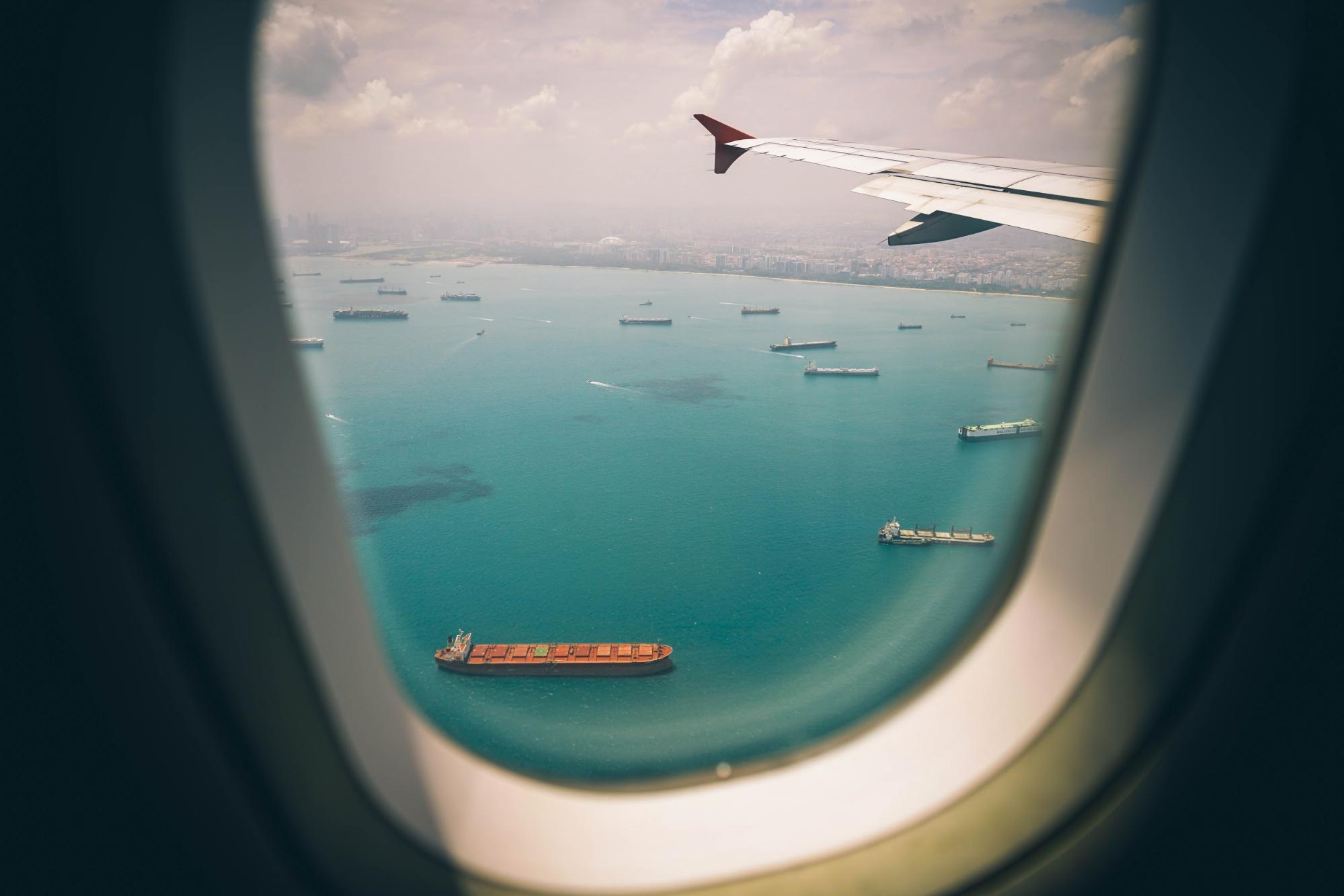Whether importing or exporting goods, one of the most important questions that you’ll have to consider is how you want to transport them. The two main options are sea and air freight. Sometimes there will only be one choice. If you’re facing a tight deadline, then the answer will always be air. If you’re dealing with goods of relatively low value, sea freight is the only economical route. But, if you have neither of these considerations to focus you, each option has its pluses and minuses. These are the things that you need to take into account before making your decision.
Sea Freight vs Air Freight: What You Need to Know

Cost
Sea freight is almost always much more cost effective than air freight. In fact, air freight is typically 4-6 times more expensive than sea fright, but due to differences in how the cost is calculated, the price can be exponentially higher. Why?
- Airlines bill by ‘chargeable weight’, something that is calculated using both the size and weight of the cargo. Sea carriers generally have a standard rate per container, and it doesn’t matter whether those containers are full of feathers or elephants (NB. Please don’t transport elephants in cargo containers!), the cost will usually be the same. The only time that air freight is likely to be cheaper than sea freight is if you’re transporting something very small and very light.
- VAT and Duty is more expensive for air freight coming into the UK. This might seem ludicrous, given that Duty is a standard 6.5% and VAT a fixed 20%, but Duty and VAT are calculated using the overall cost of the goods, including transportation. If your freighting fees are higher, then the cut you pay for Duty and VAT will be proportionately higher too. This is the sum you need to bear in mind: duty = 6.5% of goods + freight. VAT = 20% of goods + freight + duty.

Speed
It probably goes without saying, but air travel is faster than sea. Air freight can take goods pretty much anywhere around the world in no more than a couple of days. Depending on where you’re sending, sea freight can take a lot longer, often weeks. If you’re organised, then this won’t be an issue. If you find yourself struggling and in need of goods at short notice, then air freight is the answer. But, as previously discussed, you’ll pay for it.

Carbon Footprint
If you’re concerned about the environmental impact of your business – and happily, a lot of people now are – then sea freight is the best way to keep your carbon footprint as small as possible. While sea freight is responsible for approximately 2% of global greenhouse gas emissions, aviation makes up around 13% of emissions. And because airplanes release their CO2 at high altitudes, the emissions actually do at least twice as much harm as the emissions of lower altitude vehicles. Any company with any kind of green ethos needs to take this on board.
It’s become easier than ever to ship goods globally. You can buy and sell pretty much anything anywhere (customs and excise allowing). But, how you transport them can not only affect your bottom line, but the character and reputation of your business. It’s an area that requires due consideration, and hopefully these pointers have helped you with that.


